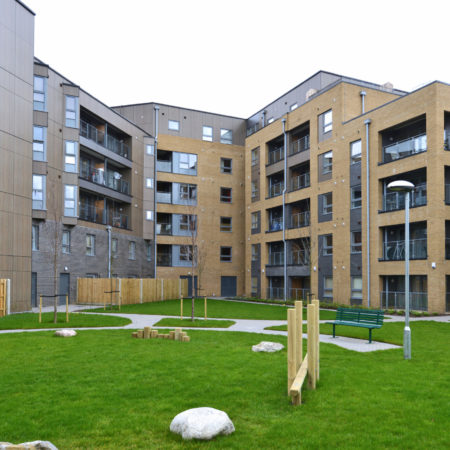Has Covid Redefined The Relationship Between People And Place?
Pandemic lockdowns and working from home gave many people a different experience of where they live. Faced with the necessity of staying close to home for an extended period, people seem to have re-evaluated what ‘home’ and a sense of place mean.
Rightmove reported a 126% increase in enquiries about moves to village locations in summer 2020. While this hasn’t yet led to a mass exodus from UK cities it certainly suggests that placemaking is higher on people’s agenda.
The pandemic also highlighted the link between place and wellbeing. This will inevitably influence planning and housing development for years to come – which can only be a good thing.
There are clear challenges here for all of us involved in residential development – we can’t just build homes in ever greater quantities and call that ‘job done.’
Tenure, Diversity and Place
Vibrant communities need good infrastructure, amenities, open spaces and – crucially – diversity. Mixed tenure development is at the heart of building sustainable communities. These developments are also a highly effective way to fund the expansion of affordable and social housing.
A good example of this is a recent mixed tenure project delivered for Westminster City Council which created a high-end development of 49 apartments for sale at full market rates. The sale of these apartments funded 26 affordable flats and 2 townhouses on nearby land.
We have been working with local authorities and housing providers in this sector for nearly 30 years and an example is The Hyde Group, for whom we have delivered over 839 units across London, totalling £80m. In every development we ensure that quality standards and materials are consistently high across all tenures.
A Sustainable Future
Net zero carbon and sustainability are the other big factors shaping how we design communities. A model of large housing developments where all amenities are a car journey away doesn’t seem all that sustainable.
In fact, urban development is the most sustainable model. One answer is to make urban areas places where people want to build a life. The other is to know how to develop hard-to-access brownfield sites, which is what Osborne did in partnership with Westminster City Council.
We are moving into an era of house building where MMC delivers greater standardisation of products and processes. This makes high quality and sustainable mixed-tenure schemes even more financially viable.
For more information on how Osborne is using construction innovation to deliver greater value to affordable and mixed tenure housing programmes, contact Richard King ([email protected]).

